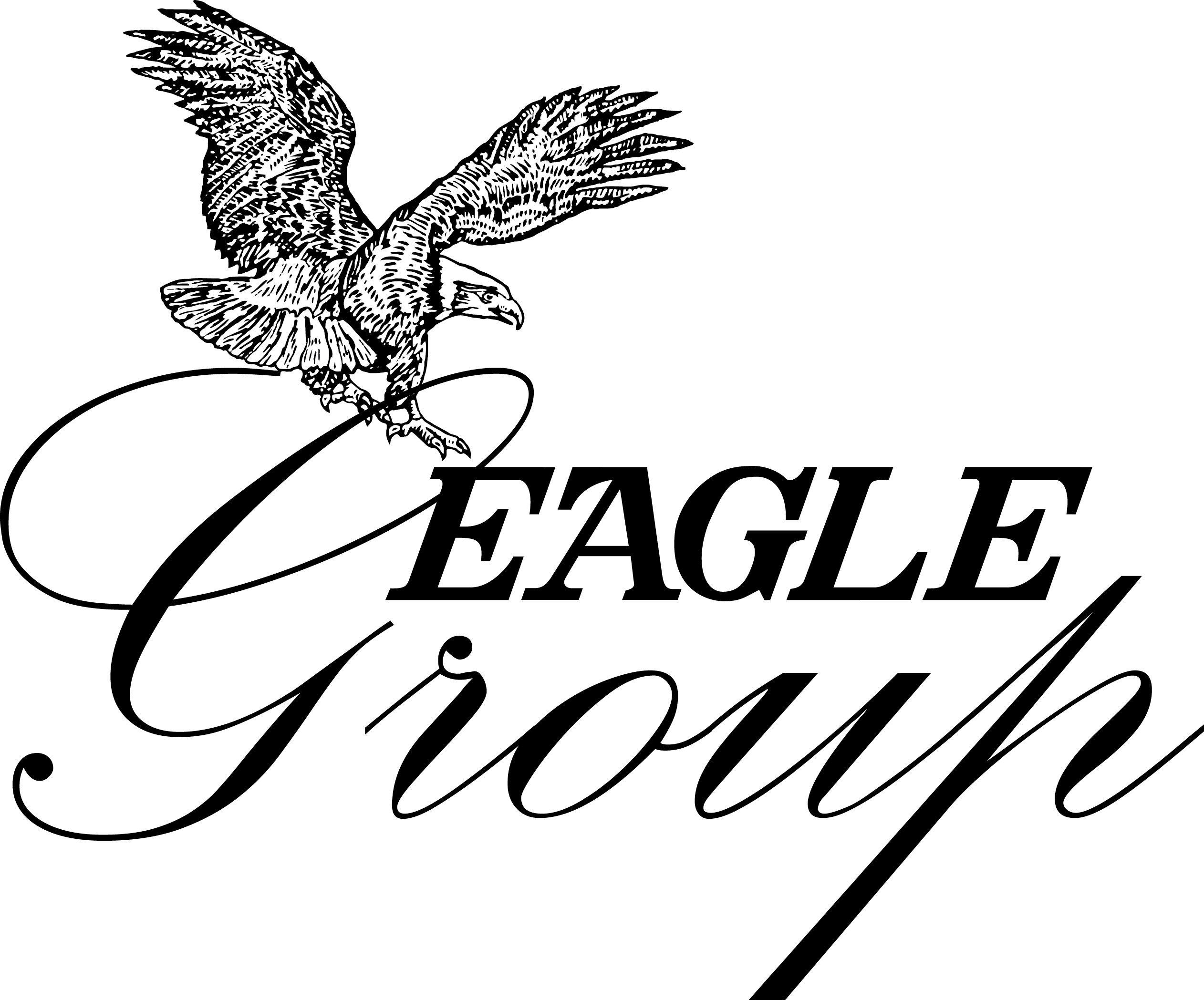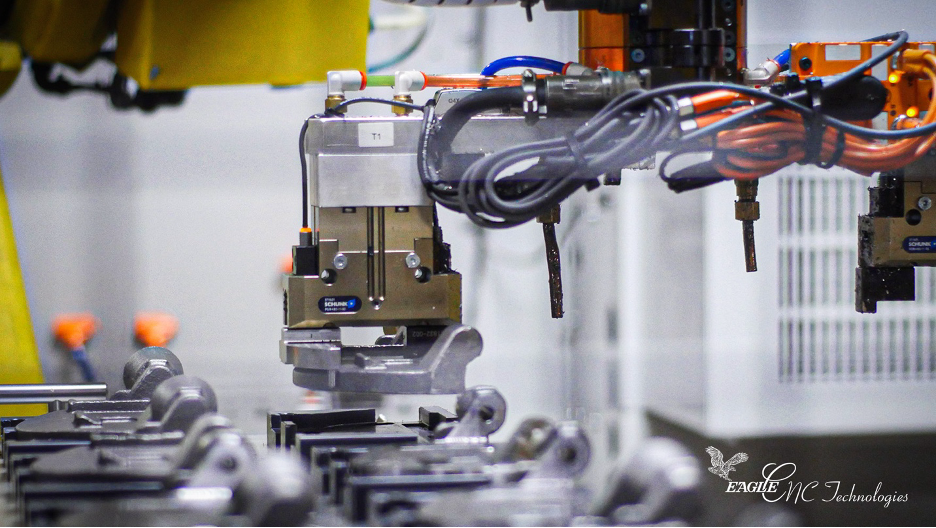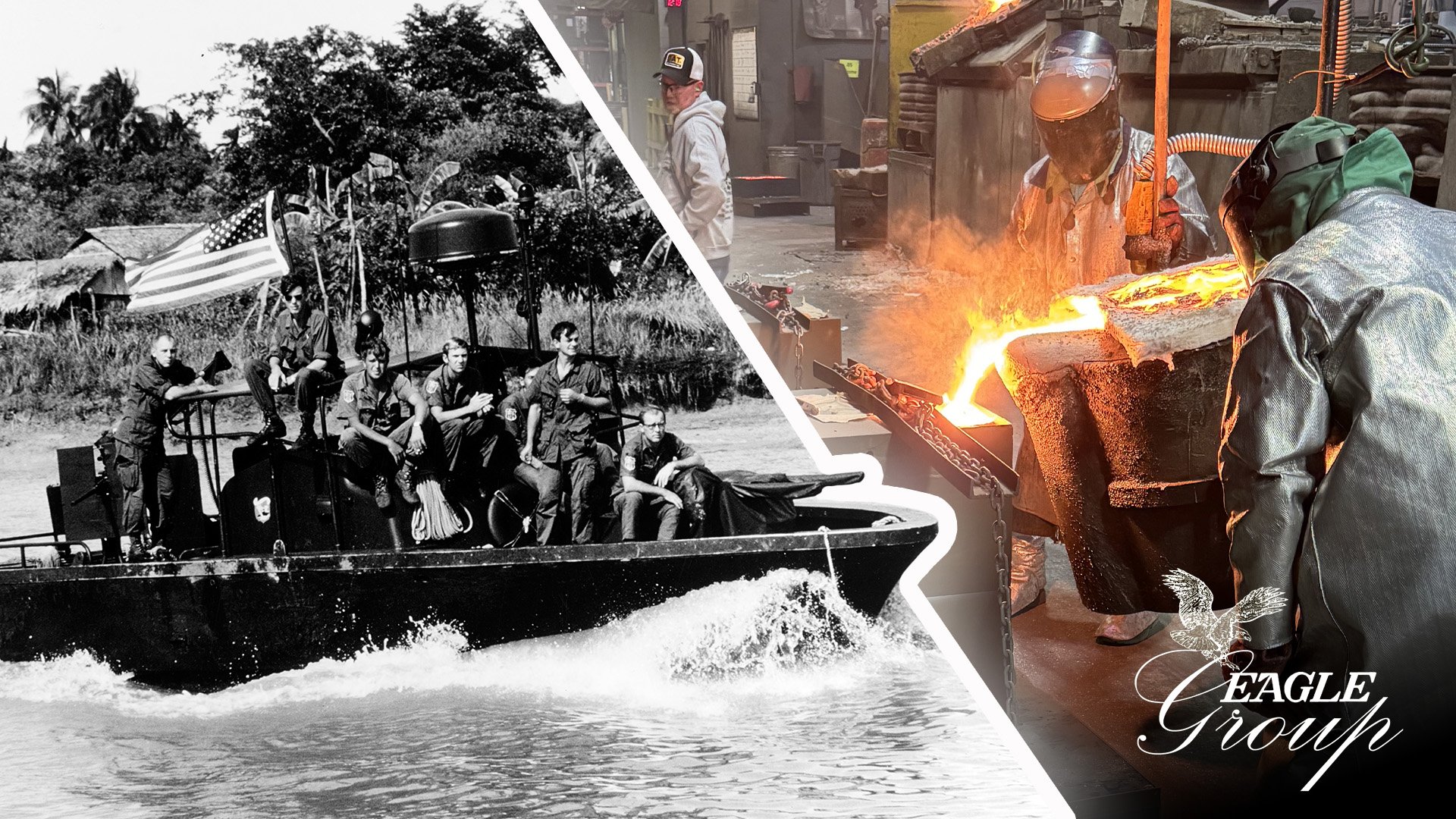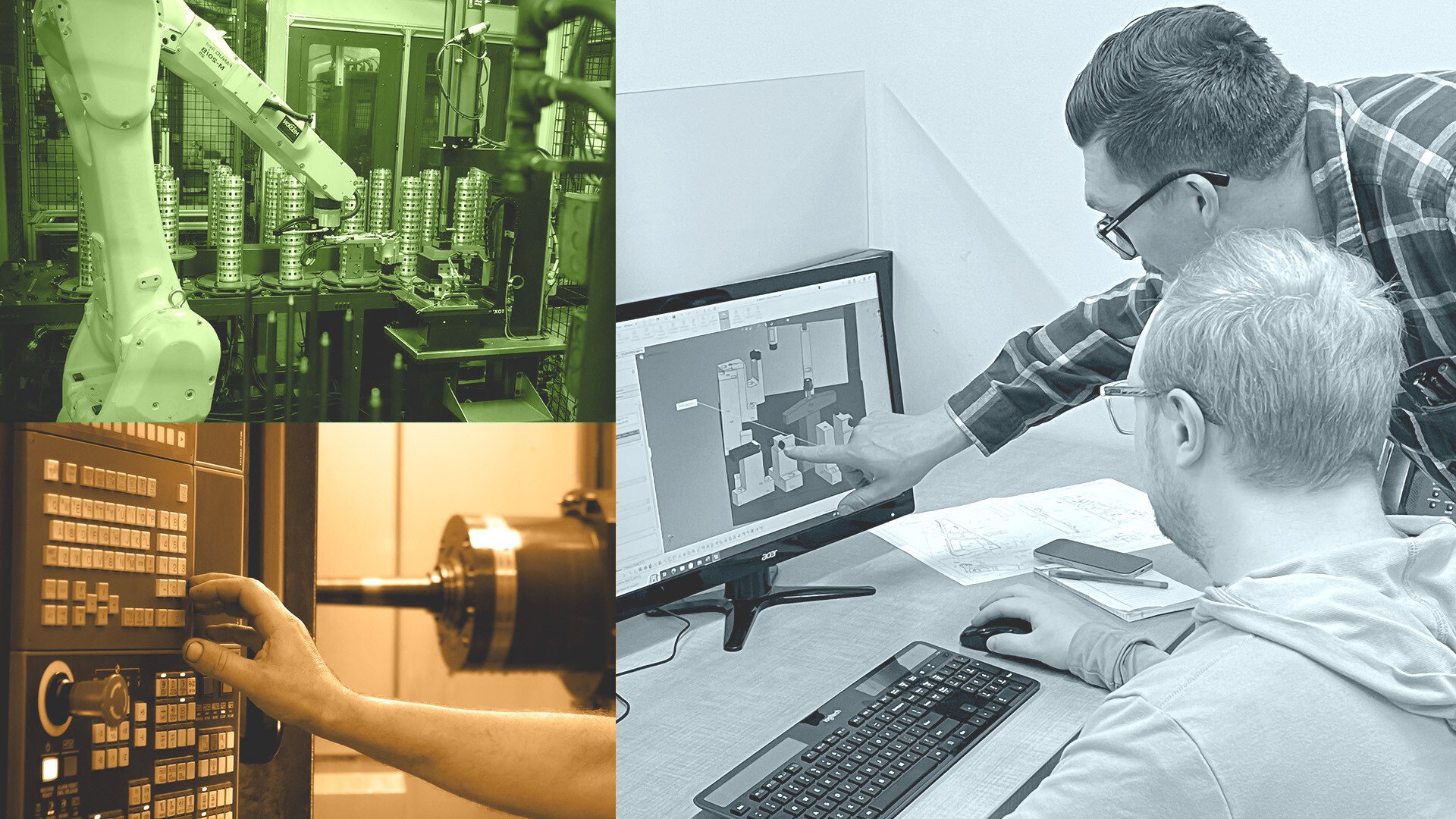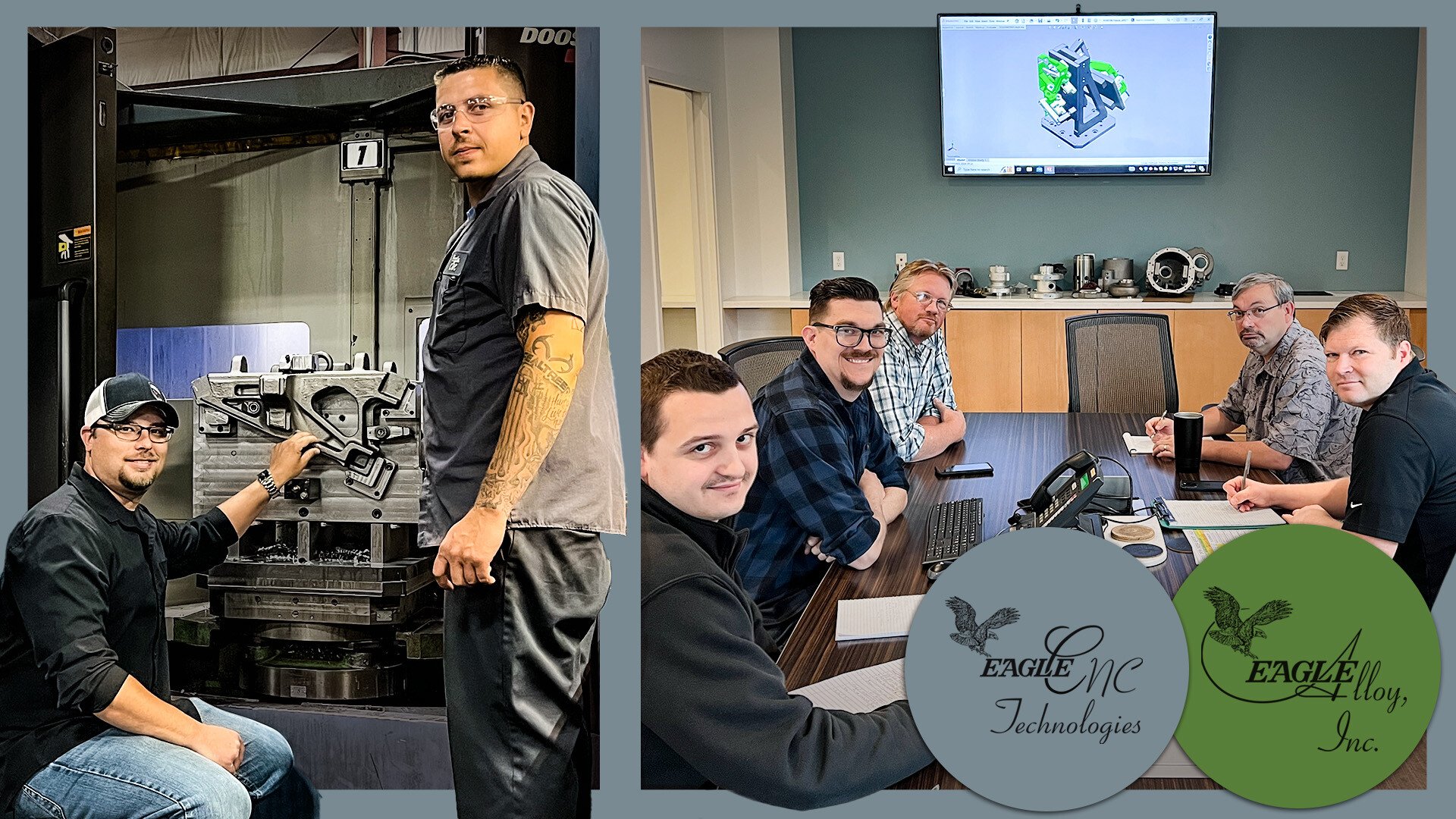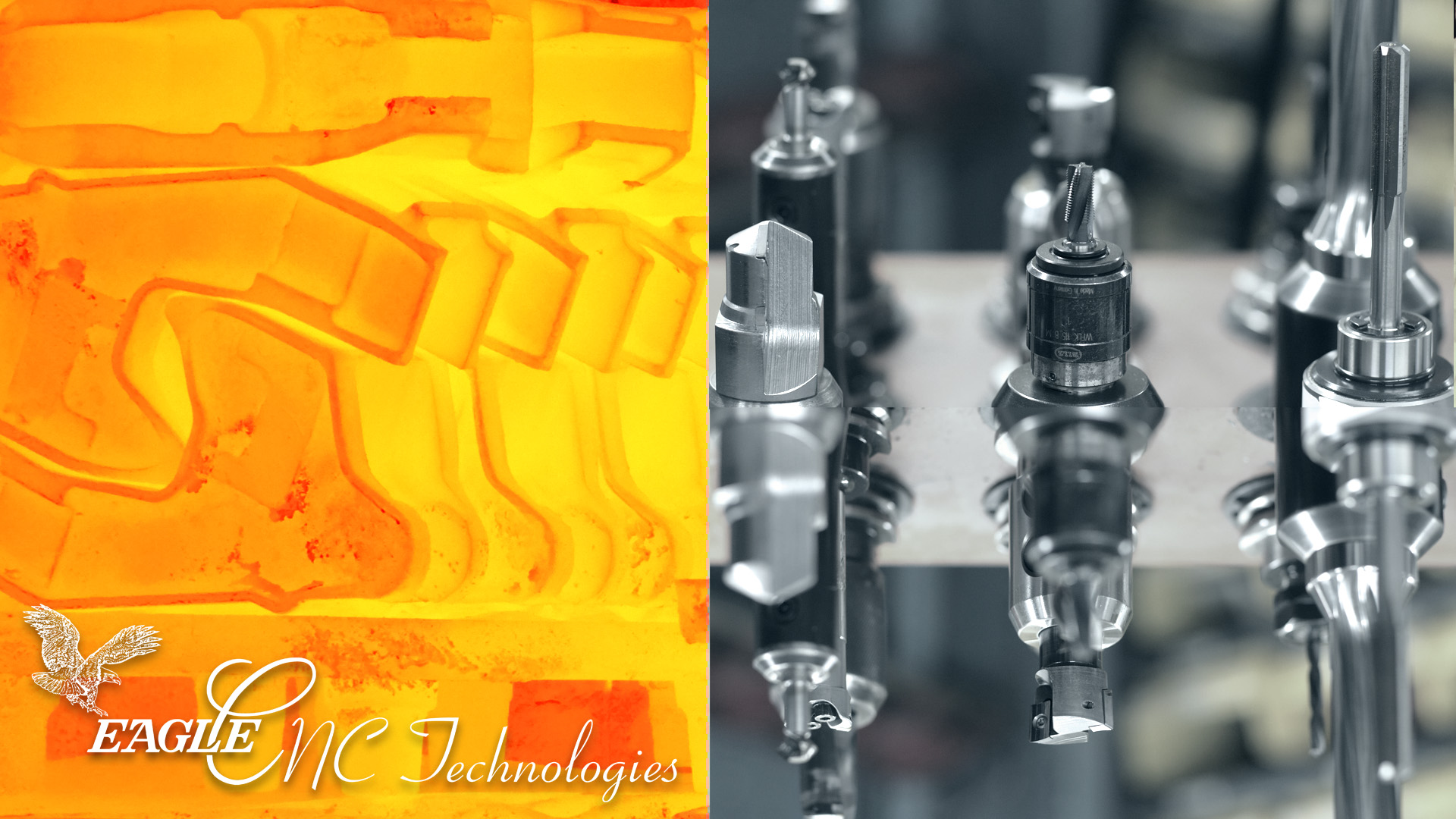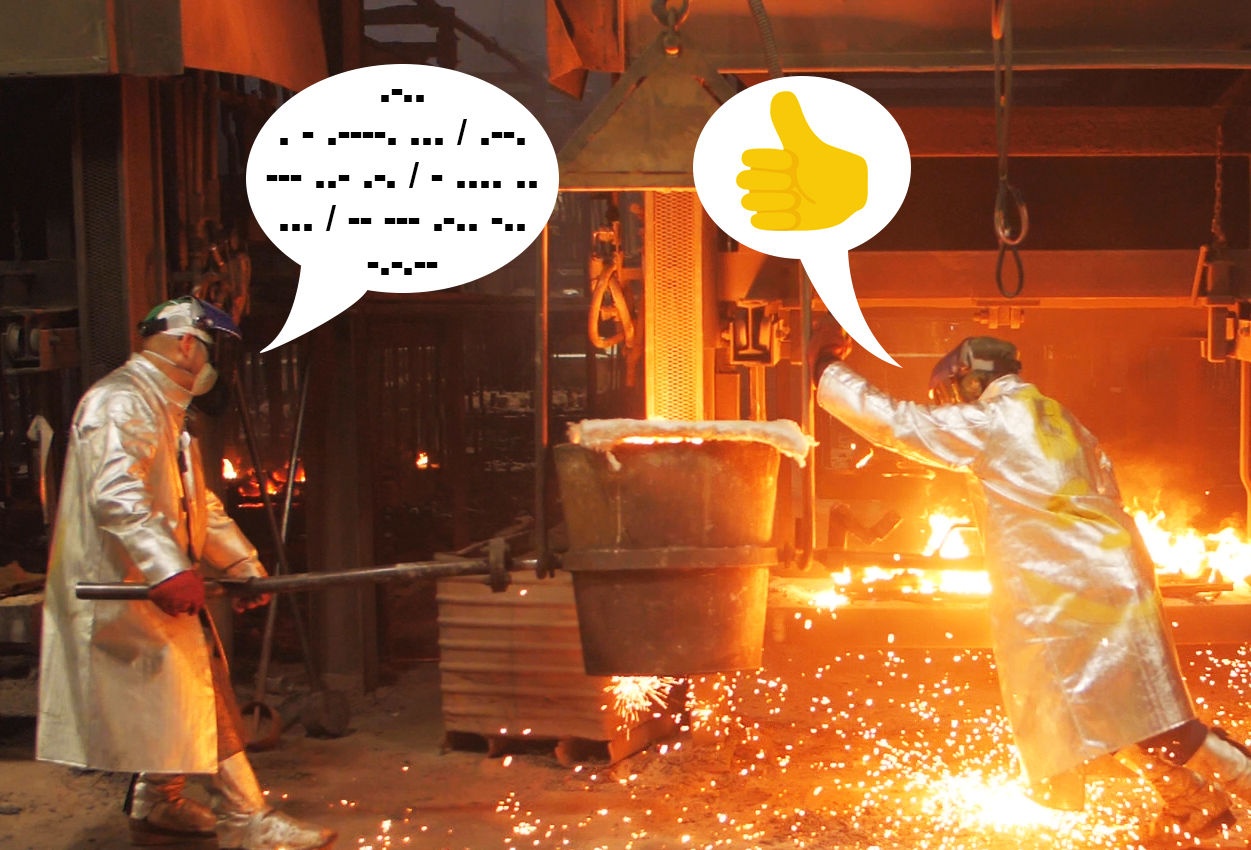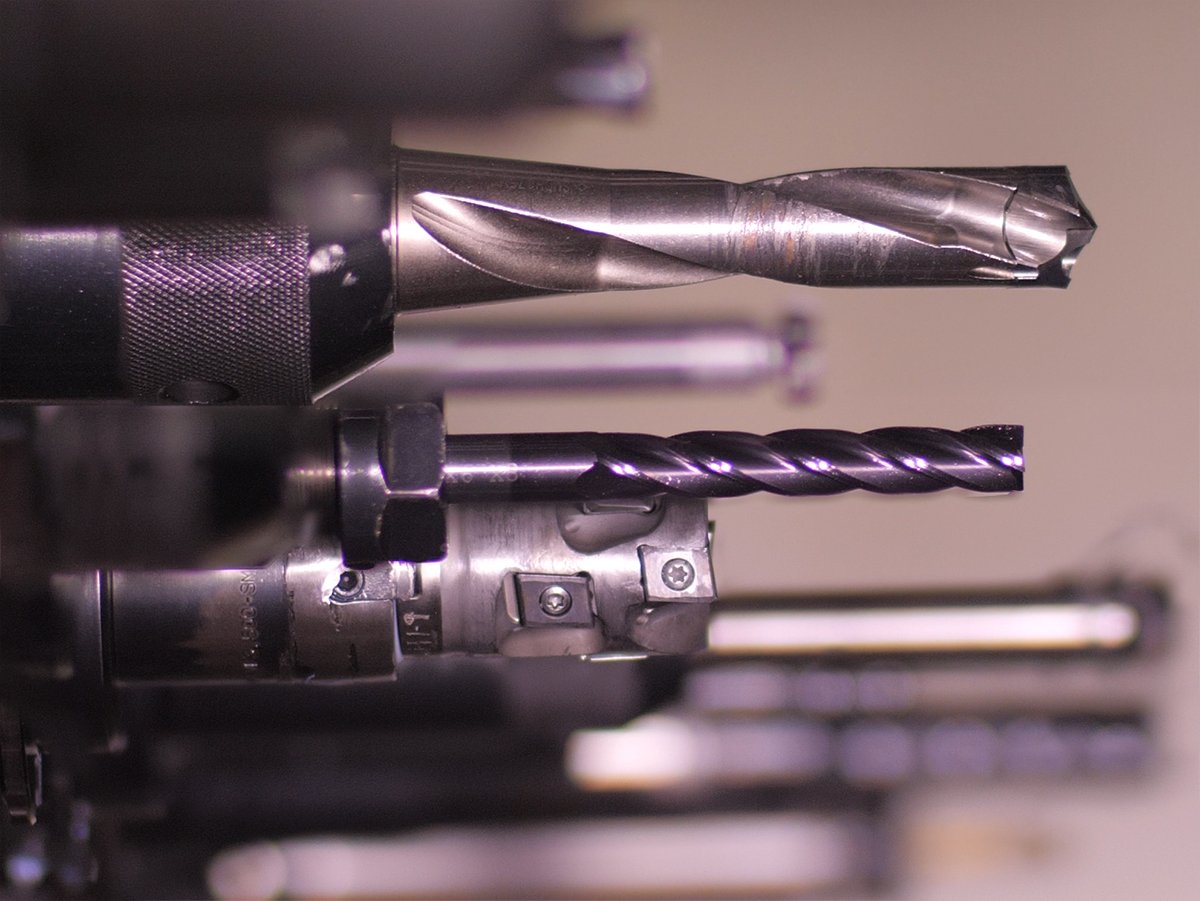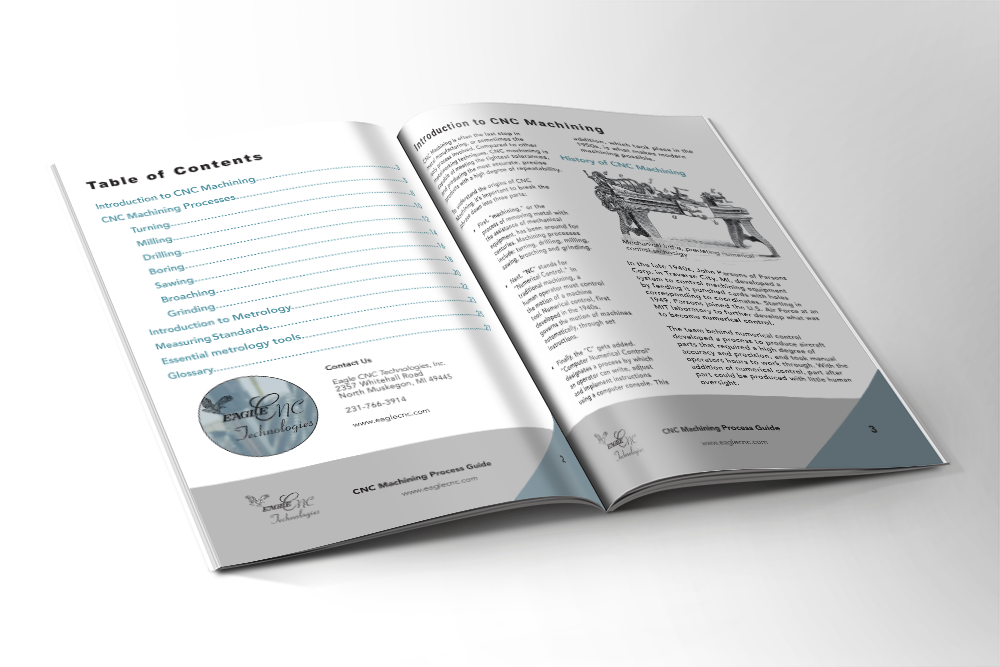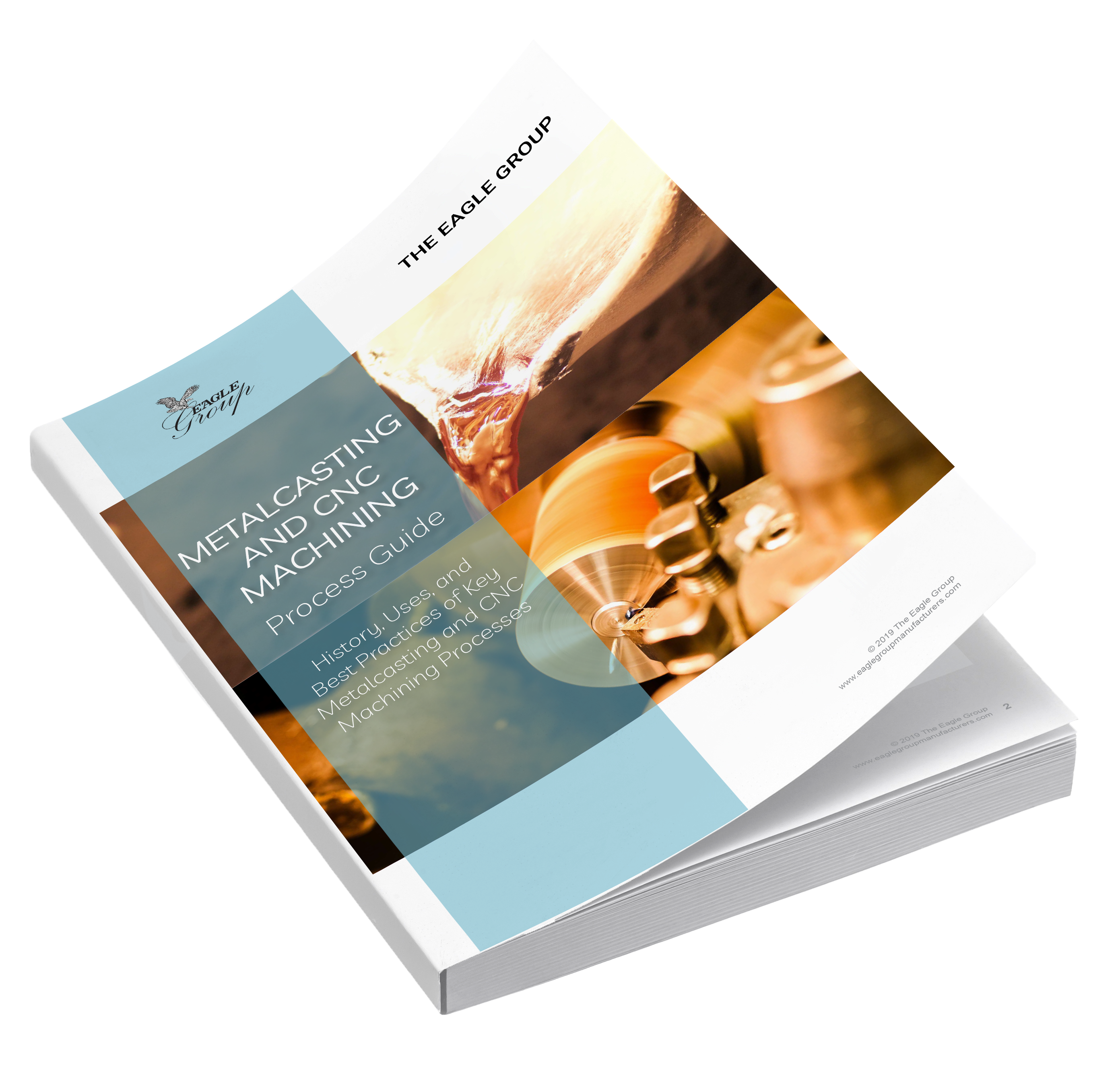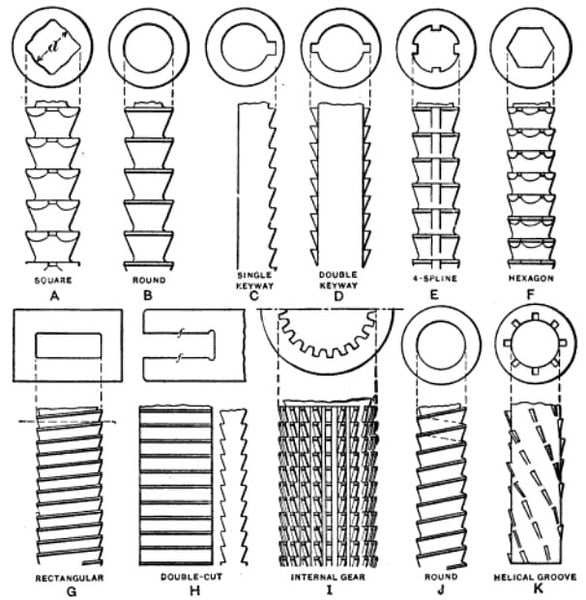Eagle CNC Brings Next-Level Automation to West Michigan Manufacturing
Eagle CNC’s West Michigan machine shop provides some of the highest-precision machining available, but the meaning of precision in machining is constantly changing.
Industries across the board are calling for increasingly complex parts that challenge traditional machining methods. For a manufacturing job shop like ours, staying competitive means getting ahead—especially in terms of adopting new equipment and optimizing processes. Agriculture, construction, material handling, recreation, transit, utility, and offshore—these are just a few of the sectors we serve. Looking forward, we know the complexity of manufacturing projects for these industries will only grow.
At the same time, we’re seeing an emergence of new, local manufacturing facilities looking for reliable suppliers in their neighborhood: the uptick in demand for CNC machining in the Midwest has been palpable, and we’re even seeing increased demand for locally sourced products right here in our hometown of Muskegon, Michigan. These companies want the same high level of quality, but they need it fast. By investing in advanced CNC automation, Eagle CNC is improving not just accuracy, but efficiency—enabling rapid setup, reduced lead times, and the flexibility to meet urgent local demand.
Tags: American Manufacturing, CNC Machining, Metrology, Eagle CNC, Technology, Facilities, Equipment
Michigan Manufacturers Honor Veterans by Reviving a Sunken Patrol Boat
Collaboration Between Casting and Machining to Re-Engineer a Lost Component of a Vietnam-Era Patrol Boat
Muskegon-based manufacturers Eagle CNC and Eagle Alloy put their capabilities to the test when they set out to replicate a key component of a Vietnam-era patrol boat as a steel casting. For the team behind the casting, this project is about more than fixing a boat; it’s about preserving history, honoring the legacy of those who served and sacrificed, and ensuring their stories continue to be told for generations to come.
Tags: Eagle Alloy, CNC Machining, Eagle CNC, 3D Scanning, Reverse Engineering, 3D Printed Molding
Manufacturing Internships Are a Win-Win
How Eagle CNC’s internship program benefits students, the company and the industry as a whole
A version of this article was originally published in the research journal Modern Casting in its December 2024 issue.
In the hands-on world of manufacturing, textbooks alone can't provide the full picture—real-world experience is essential for developing expertise and encouraging innovation. For both students and manufacturing companies hoping to secure talented employees in the future, internships bridge the gap between classroom theory and hands-on application, pushing limits and enabling creative problem-solving. By integrating internships into their operations, manufacturing companies foster a continuous cycle of learning, adaptation and improvement that drives innovation forward in the industry. Eagle CNC is committed to shaping the next generation of manufacturing professionals by providing practical experience and fostering essential, real-world skills through its internship program.
Tags: CNC Machining, Eagle CNC, Employment, Students, Internships
Eagle CNC on the Rise
Just a year since being fully acquired by Eagle Alloy, the Eagle CNC team is showing their resilience and ability to thrive in their new environment
It’s been a year since Eagle Alloy fully acquired Eagle CNC, and a lot has changed. The companies are growing closer together in terms of shared systems and shared goals, and both are benefitting immensely. From improved efficiency on the shop floor to more streamlined scheduling, the partnership has opened up a world of opportunities for shared growth as a holistic, concept-to-completion manufacturing team.
Tags: CNC Machining, Eagle CNC
Heat Treatment in CNC Machining
In this article, we’ll discuss how experienced machine shops like Eagle CNC think about the complex relationship between heat treatment and machinability. Determining where heat treatment fits into the CNC machining process is a vital consideration for machining parts to net shape quickly and cost-effectively.
Eagle CNC is the Eagle Group’s state-of-the-art machine shop, specializing in CNC machining of both ferrous and nonferrous castings, forgings, bar stock and burn outs. At Eagle CNC, we machine new parts directly from raw stock, or from parts that have been shell cast or investment cast by our sister companies, Eagle Alloy and Eagle Precision. While our workpieces start in a variety of states, nearly every product we machine undergoes heat treatment before delivery.
Tags: CNC Machining, Eagle CNC, Metallurgy, Heat Treatment
Learn to Speak Our Language: Metalcasting & CNC Machining Jargon
Metal manufacturing professionals are a close-knit community, and just like any specialized group, we've developed our own way of speaking. To outsiders, many of whom are our friends, family and customers, metalcasting & machining lingo might seem like another language entirely. Here, we aim to demystify metalcasting & machining jargon so anyone can join the conversation.
Tags: Metalcasting, Glossary, CNC Machining
CNC Machining Fixed Costs: Tooling
At the Eagle Group, we provide full-service metalcasting and CNC machining from start to finish. Part of our responsibility as a supplier is to estimate part price for each new product. One of the largest line items affecting final part price on any job is tooling. In metalcasting, tooling often comprises patterns used to create molds and cores. In CNC machining, tooling can refer to work holding fixtures, tool holders, cutting tools or tool inserts.
Tags: CNC Machining, Tooling
New Resource for Manufacturers: CNC Machining Process Guide
The latest resource from the Eagle Group focuses on CNC machining and high-tech inspection. Our ebook CNC Machining Process Guide dives into the history, current practices and processes of CNC machining and advanced metrology. Perfect for anyone looking for a better understanding of precision machining in the 21st century, our new resource is available now as a free download.
Tags: Machining, CNC Machining, Metrology
Ebook for Manufacturers: Metalcasting & CNC Machining Process Guide
Tags: Metalcasting, Machining, CNC Machining
What Precision Machine Shops Do: Broaching
Broaching is a machining process using a cutting tool with teeth that increase in size from front to back. In many cases, an entire surface (or multiple surfaces) can be finished in a single pass with broaching. The technique is most often applied to finish holes, splines and flat surfaces.
Broaching is a relatively new machining process, developed in the 1850s with metal-specific applications. Originally, broaching was used to perform work on internal characteristics, like keyholes in pulleys and gears. During the 20th century, broaching was further developed for use in firearms, and subsequent developments have dramatically improved tolerances and made broaching more versatile for modern machine shops.
Tags: Processes, Machining, CNC Machining, Eagle CNC, What Precision Machine Shops Do, broaching
